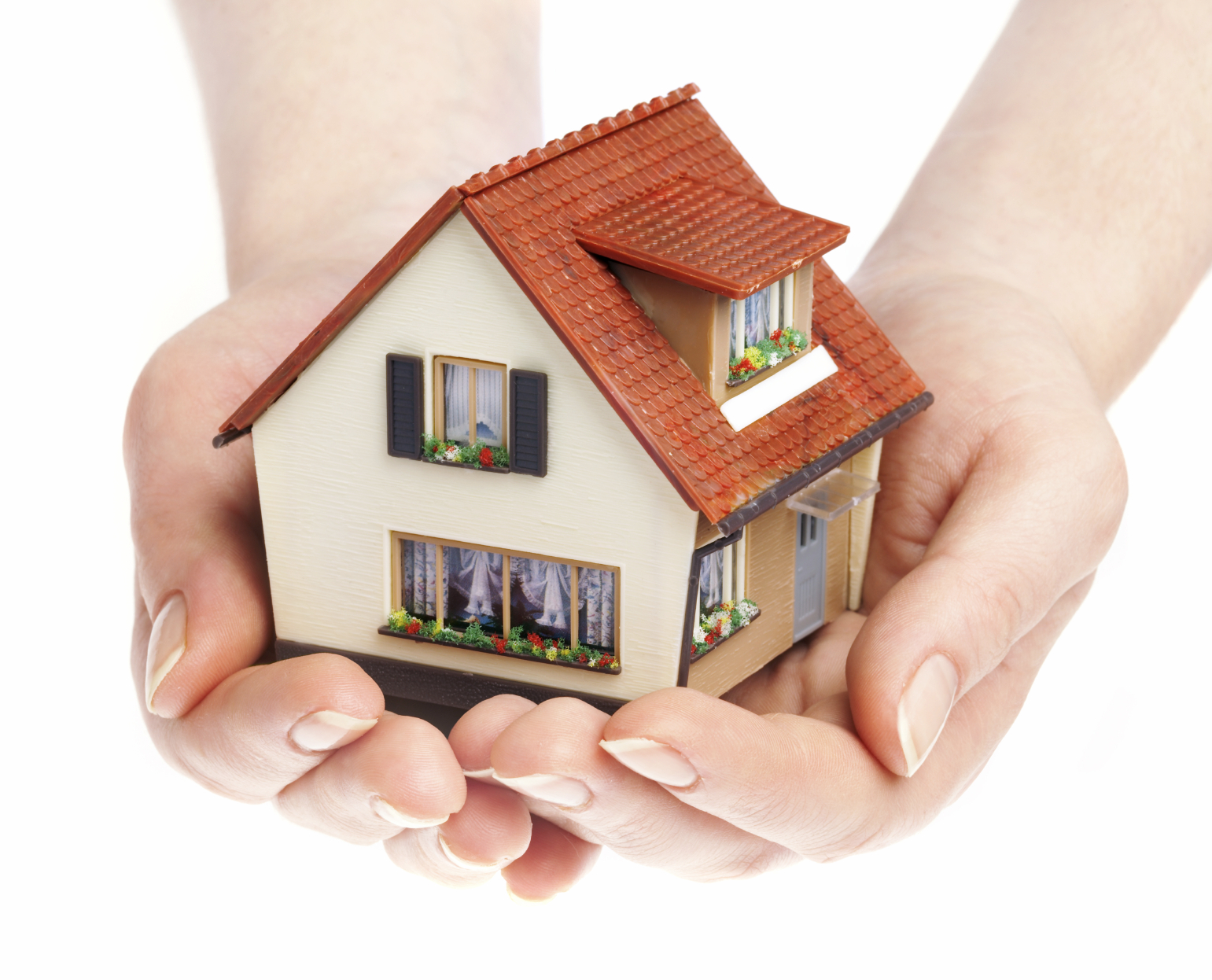
This is a contributed post by a former SRC employee, Dore Collett.
November is Lung Cancer Awareness Month. The Canadian Lung Association says that radon gas is the second-leading cause of lung cancer in Canada. Approximately 2,000 Canadians die every year from lung cancer caused by long-term exposure to residential radon.
In the spring, I was asked to write about radon, a radioactive gas that is colourless, odorless and tasteless. Most people aren't even aware that their home can be a harbor for radon, so for your sake and mine, I've done some research.
What is radon?
Radon is formed by the natural breakdown of uranium in soil, rock and water. Radon that escapes from the ground into the outdoor air is diluted to low concentrations and is not a concern. However, radon that enters an enclosed space, such as a home, can sometimes accumulate to high levels.
How does radon enter your home?
During much of the year, the air pressure inside your home is lower than in the soil surrounding the foundation. This difference in pressure draws air and other gases, including radon, into the home. Soil gas containing radon can enter a house any place it finds an opening where the house contacts the soil. These openings can be present even in well-built and new houses.
What types of houses have radon?
Almost all homes have some radon. Health Canada’s testing has found that certain geographic locations may have higher probabilities of elevated levels of radon. Radon levels can vary dramatically even between similar houses located next to each other. The amount of radon in a home will depend on many factors such as soil characteristics, construction type, foundation, occupant lifestyle and weather.
Sounds like I need a radon test
Once I had learned more about what radon is, how it can affect my family’s health and how easily it can enter my home undetected, I have to admit I was concerned. I was convinced that I should have my home tested.
I contacted SRC Environmental Analytical Laboratories to obtain a long-term (30-90 day) test. Running the test was quite simple. There are a few things to consider when deciding where to place the pill-bottle-sized canister, such as air movement and proximity to doorways and outside walls. All of the requirements are written in the instructions that come with your testing kit.
Three months later, I had the results of the test and I am relieved to report that my home’s levels of 120 Bq/m3 (becquerels per metre cubed – a measurement of radioactivity) are below the Health Canada Action Level for Radon in Air of 200 Bq/m3. This gives me peace of mind, especially because our master bedroom and nursery are located in the basement level of our house; now I know that my family is safe from the potential negative effects of radon gas.
Test your home for radon
The only way to determine whether your home has a high radon level is to test for it. There are a number of different testing products out there. The 90-day test that I used provides an accurate and reliable result, and the time it took to receive the report from SRC was minimal. You can order a radon test online through the Lung Association of Saskatchewan, and SRC's lab will analyze it. Overall, I am pleased with this experience and relieved with the outcome.
Now that you know more about radon, share this valuable, potentially life-saving, information with your family and friends. Awareness is key to safety. Have you tested your home for radon? Let me know in the comments.
Learn more about radon testing or visit the Canadian Lung Association website for more information.
